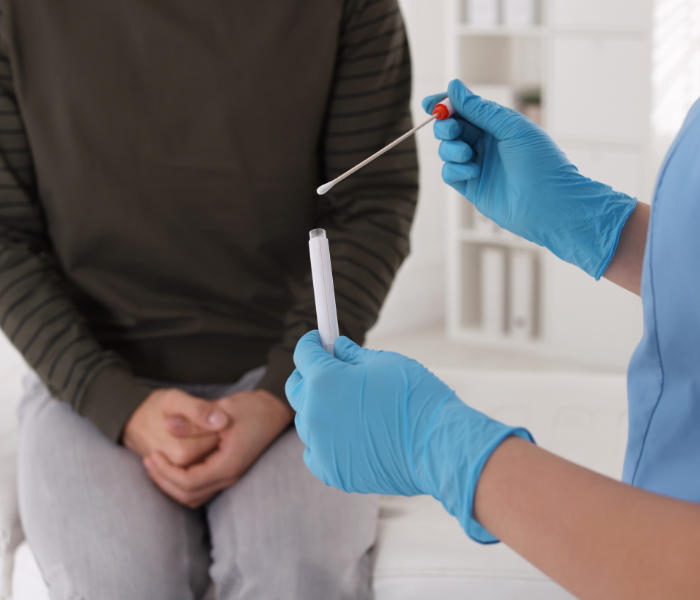
STI Screening
Sexually Transmitted Infections (STIs) are infections that are passed from one person to another during sex that can be vaginal, anal, or oral. Some are local infections, meaning they are infections of only one organ, while other STIs are systemic, meaning an infection of the whole body. STIs can be common in certain groups at certain ages and may have no symptoms. Most STIs are easily treatable, but left untreated, they can increase the risk of severe health conditions. The specific tests conducted during STI screening can vary depending on the individual's sexual history, risk factors, and age.
Here is a list of common STIs that our medical professionals at Crown OB/Gyn can screen for:
-
Chlamydia is a bacterial infection that can affect the reproductive organs. It is commonly screened using a urine sample or a swab from the cervix or urethra.
-
Gonorrhea is another bacterial infection that primarily affects the genitalia. Testing for gonorrhea can involve a urine sample, a swab from the cervix, and urethra.
-
Syphilis is a bacterial infection that progresses in stages if left untreated. It can impact the nervous and cardiovascular systems, skin, vision, and pregnancies. Screening for syphilis typically involves a blood test.
-
Human immunodeficiency virus (HIV) is a viral infection that weakens the immune system. HIV screening typically involves a blood test that detects antibodies or antigens produced in response to the virus.
-
Hepatitis B and C are viral infections that can cause liver inflammation and long-term complications. Screening for hepatitis B and C usually involves a blood test to detect viral markers.
-
Herpes simplex virus (HSV) can cause genital herpes, which results in recurring painful sores. Herpes testing may involve collecting a swab from a sore or lesion to detect the virus.
-
HPV is a common viral infection that can cause genital warts and is linked to various types of cancers. HPV testing occurs during a Pap smear.
-
Trichomoniasis is caused by a one-celled protozoan, a type of tiny parasite called Trichomonas vaginalis. The parasite passes between people during genital contact, including vaginal, oral, or anal sex. It is commonly screened using a urine sample or a swab from the cervix or urethra.

